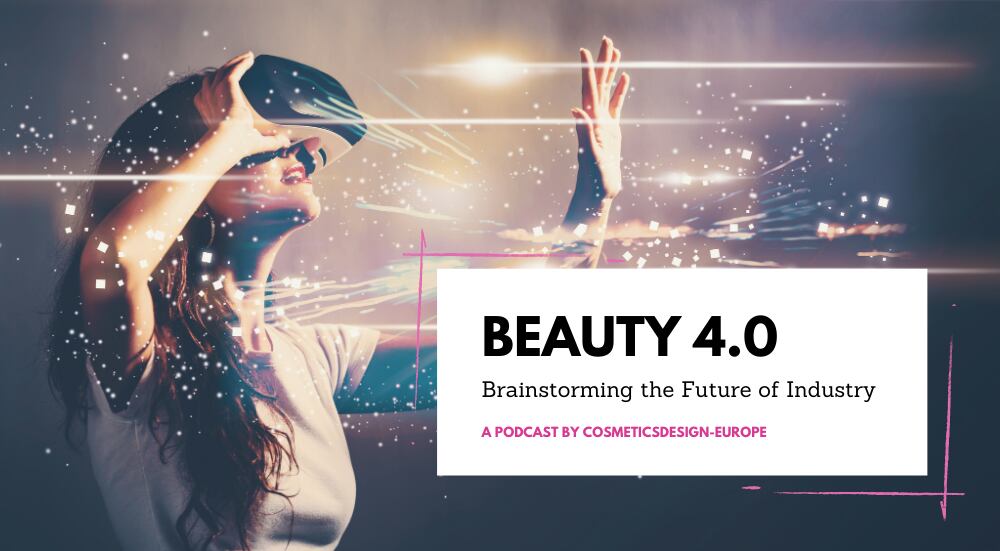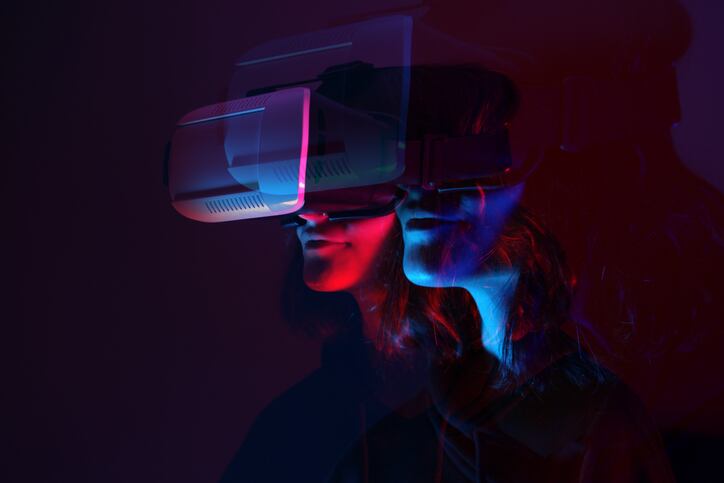‘Metaverse living’ was recently defined as one of the mega movements set to shape beauty over the next five years, according to Beautystreams. And leading brands Estée Lauder, Coty and L’Oréal suggested the metaverse was an exciting space to watch, given its ability to empower communities and inspire creativity.
So, just how could beauty brands dive into the metaverse? And what specific opportunities were there when entering this universe CosmeticsDesign-Europe caught up with Nikhil Roy, co-founder of metaverse creative agency Swipe Back, to find out more.
Storytelling ‘properly’ in the metaverse
As with all new platforms and technologies, there were a lot of buzzwords in the metaverse. However, instead of getting caught up with the jargon, Roy advised would-be metaverse entrants to think about the story they were trying to tell and who they were telling it to.
“Don’t just do something because you think everyone is doing it and you don’t want to be left behind,” he said.
He likened the current situation with the metaverse to the start of the social media age, when brands “created campaigns on social media for all the wrong reasons not taking into account what they were trying to achieve, and if that was the best place for them to tell their story”.
“If you are going to enter the metaverse, do it properly, not just because you feel like you should, and pick the part that is best for you.”
The mysteries of the metaverse - consumers and industry views
One of the difficulties was that the metaverse was so new and undefined, with few people who fully understand what ‘getting involved with the metaverse’ actually meant, Roy said. The idea that most consumers had of the metaverse today, for example, was of an interoperable network of real-time experiences in a single 3D virtual setting, but that this didn’t actually exist, he said.

In fact, he explained there were multiple different unrelated platforms that made up the metaverse. The most popular ones were The Sandbox, Decentraland, Fortnite, Roblox and Minecraft, which weren’t connected together - yet.
“The metaverse, at the moment, is a digital environment that’s in parallel to real-life experiences. Emerging tech like AR [Augmented Reality] is a good example of this; giving consumers the chance to see something virtual in a real environment,” he noted.
For beauty brands, he said the metaverse represented a new channel to play with. “It’s not something that will work for everyone and won’t replace traditional commerce, but it adds an extra layer to consumer relationships by offering immersive and interactive experiences - something consumers will associate with brands for a long time and will tell their peers about.”
Big opportunities for beauty - soon to be 'limitless'
According to Roy, there were as many opportunities for beauty brands in this parallel digital universe as there were in real life.

“It provides an opportunity to tell a brand story in a way that’s exciting and immersive, and what beauty will be able to do in these virtual settings will soon be limitless,” he said.
One example of a beauty brand engaging in this space well was Estée Lauder with its sponsorship of Metaverse London Fashion Week in March, hosted on Decentraland. It offered exclusive NFTs (Non-Fungible Tokens) that could then be applied to the user’s avatar - giving it a glow.
“If used correctly, virtual avatars could make a real impact on the beauty sector. They can be created as a way to give individuals the chance to explore the metaverse, either as themselves or as an aspirational version,” said Roy.
However, there were limitations and challenges around testing skincare and make-up on a virtual replica, so he advised beauty brands to balance building avatars with Augmented Reality (AR) - a technology that had already been adopted by some beauty brands to allow consumers to virtually test colours and shades. “AR is the perfect stepping-stone for brands that want to shift perceptions and make themselves accessible to a wider audience. Using this in tandem with avatars gives brands the chance to build immersive experiences with a tangible takeaway for consumers, such as discovering a colour that matches their skin tones."
Exclusivity adds value
As the metaverse agency partner for The Sandbox, Swipe Back was well placed to support brands wanting to create a presence on this gaming platform, he said, but how exactly could beauty brands utilize this space well?
“The Sandbox offers beauty brands the chance to build like-minded communities who are excited about their products. But they need to take advantage of the platform to gamify the experiences with big rewards such as NFTs, if they’re to offer something unique to traditional e-commerce,” he said.
NFTs give users in The Sandbox a unique certificate of ownership, but what gives them their value is the fact that they cannot be duplicated, he said. “That offers a really unique (literally) opportunity for brands as they can appeal to customers with something exclusive.”
For example, brands could give consumers an upgrade through NFTs when they bought a physical product, so they could show their style in the metaverse as well, Roy suggested. Another idea might be to offer exclusive access to products or entry to VIP rooms that showcased new launches. “That added layer makes them even more appealing to consumers - they are more than just an investment but something to be used,” he explained.
Dream bigger – ‘consumers need escapism’
While the temptation for newcomers to the metaverse might be to try and replicate real life scenarios, the real potential lied in defying convention, Roy said
“Dream bigger,” he said. “The opportunities in the metaverse will be limitless, so take advantage of this and build the fantasy that audiences want. 30 years of gaming have taught us that consumers need escapism. Why recreate reality when you can bend the laws of physics and create a brand experience that consumers won’t forget?”




